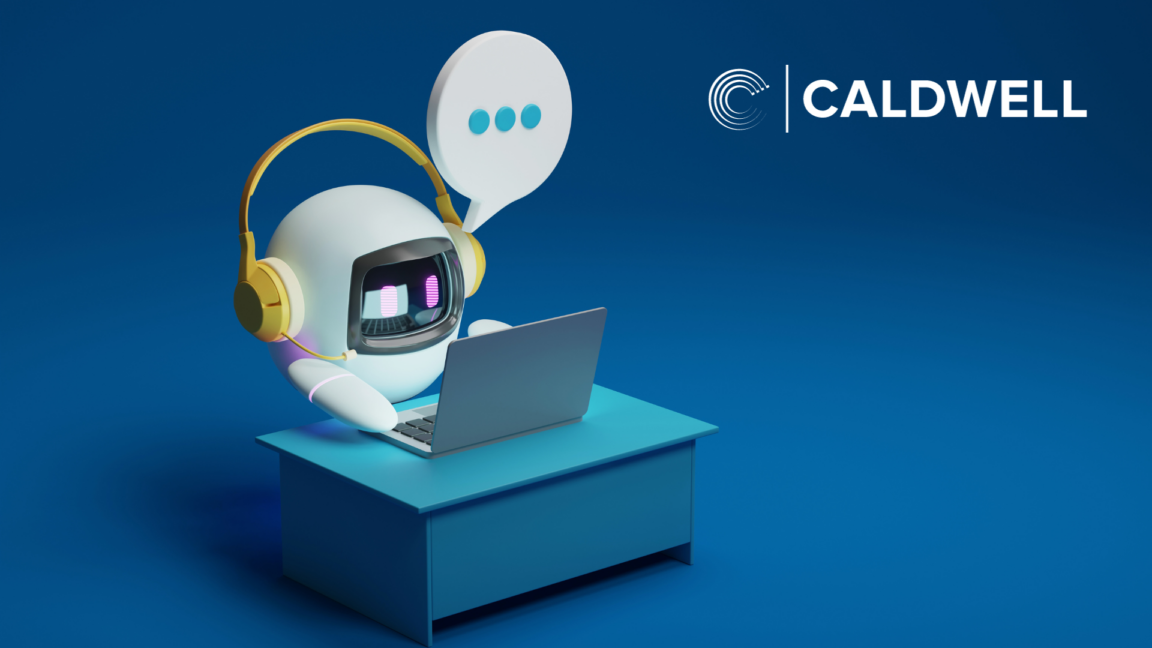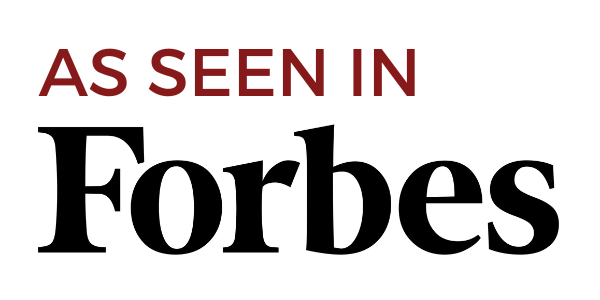AI And Intellectual Property: Who Owns It, And What Does This Mean For The Future?
October 31, 2023


Written by: Keegan Caldwell
Regardless of the various opinions about AI, it’s safe to say that the technology isn’t going anywhere anytime soon. In fact, the past year has shown us how much potential AI has to reach even more industries and integrate more seamlessly into our daily lives.
But for anyone who watched The Terminator and is paying close attention to the industry’s rapid growth, concerns about negative impacts aren’t baseless. This is especially true when looking at generative AI and large language models (LLM), like Google’s Bard or ChatGPT, the latest iterations of the technology drawing attention for their ability to transform massive amounts of data into usable content within seconds.
As each industry tries to reckon with the technology, attorneys must look beyond implementation into the ethics and legality of AI-generated content. How can we determine ownership of AI-generated content? What does this mean for intellectual property rights? Are non-human authors entitled to the same protections as human authors?
Because the technology is so new, we don’t have concrete answers just yet.
The Challenges Of Understanding AI Ownership
Although AI can generate content closely resembling human output, it is not human. And since intellectual property (IP) in the U.S. specifically focuses on non-physical creations or assets made by humans, AI presents a major challenge for legal disputes over patents and IP ownership, namely, who owns AI-generated content?
Thaler v. Vidal, a case from the U.S. Court of Appeals for the Federal Circuit, sought an answer to that question. In the ruling, AI did not qualify as a human. This meant AI could not be named the inventor on a patent. The ruling stated, “Here, there is no ambiguity: the Patent Act requires that inventors must be natural persons; that is, human beings.”
Further, OpenAI, which provides ChatGPT services, outlines in its policy page that the company does not own the output of the program. The terms also state that OpenAI will not use inputs to train the tool. This is important because ChatGPT relies on the information it is fed to produce its content and because ChatGPT has already raised issues against plagiarism in academic and professional settings.
When it comes to copyrights and plagiarism, one issue is determining the infringer. Consider an advertising proposal asking competing agencies to draft a commercial script. While a user might make revisions to the AI-generated response, there is still a high chance that the LLM will draw on copyrighted material and produce a plagiarized piece. This problem intensifies when multiple users provide the LLM with the same prompts. Even without using copyrighted material in the response, the LLM might produce multiple identical pieces of work. In this case, it would be difficult to prove copyright infringement or plagiarism when each user creates the work independently.
The advent of the internet and major search engines like Google prompted similar concerns around plagiarism and IP infringement. But as the technology has improved, so has our ability to find and prevent instances of plagiarism or copyright infringement through a variety of tools and methods. As we have evolved and adapted our research and writing strategies to create content without infringement, we must also find ways to take AI-generated materials and make them more human.
The Future Of AI In Everyday Use Cases
In the past, massive technological advances have threatened blue-collar jobs in industries like manufacturing and retail because of automation’s capabilities to streamline production and performance. Now, white-collar office workers with roles centered on content creation or tech skills fear that AI will be able to generate better results more quickly than they can.
Rather than worry about AI and related technologies coming for our jobs, taking our creations or reducing our skill sets, we must look at the benefits of AI and remember the human elements still required to elevate and effectively implement the technology. This means using AI as a tool to support or create efficiencies that will free us up to discover and do more in the future.
In marketing, this might mean spending less time outlining a blog post or starting a white paper by editing an AI-generated draft. Small businesses can lean on generative graphic design tools or templates to build their branding materials. For legal teams, this technology can help draft broader patent applications more quickly. Regardless of the use case, each output will require human edits and evaluation to refine and perfect the content while also avoiding plagiarism or IP infringement.
Because we are still very much in the early days of AI-generated content, figuring out the legal logistics of every case is difficult and will take time. As is the case with any legal ruling, we won’t know or understand the full extent of AI and ownership until we see more cases and evaluate more of the nuances surrounding the technology.
Read the article on Forbes.